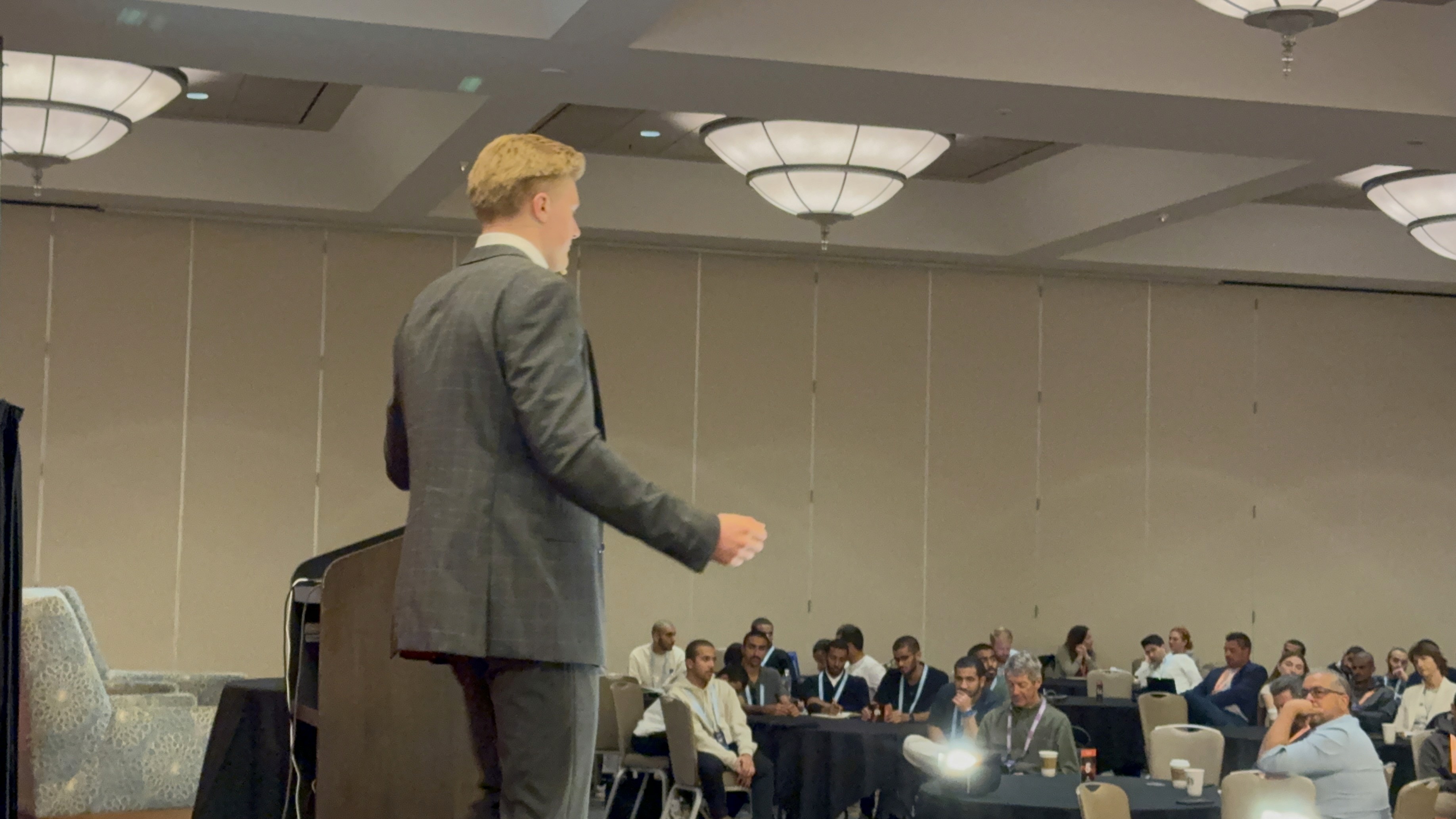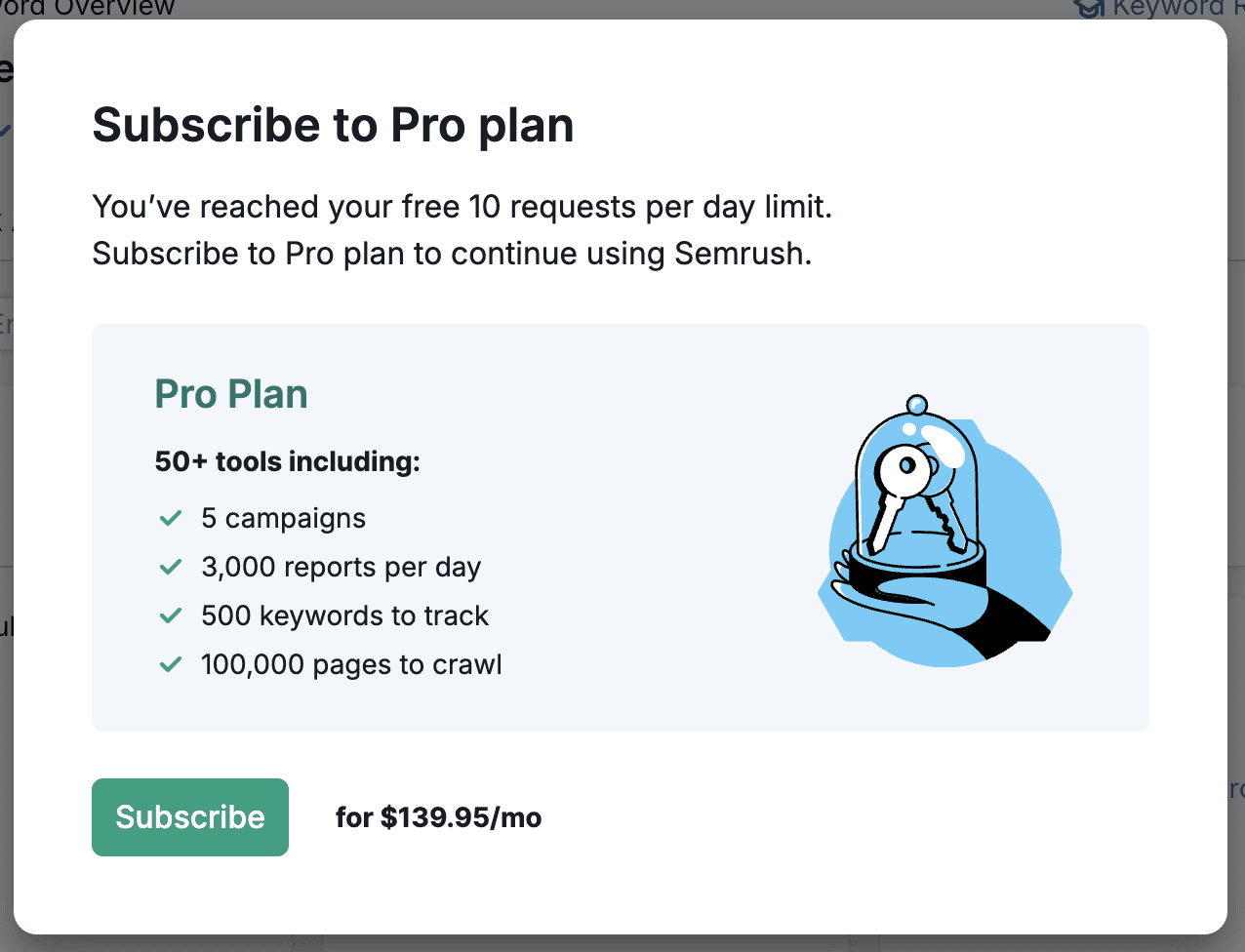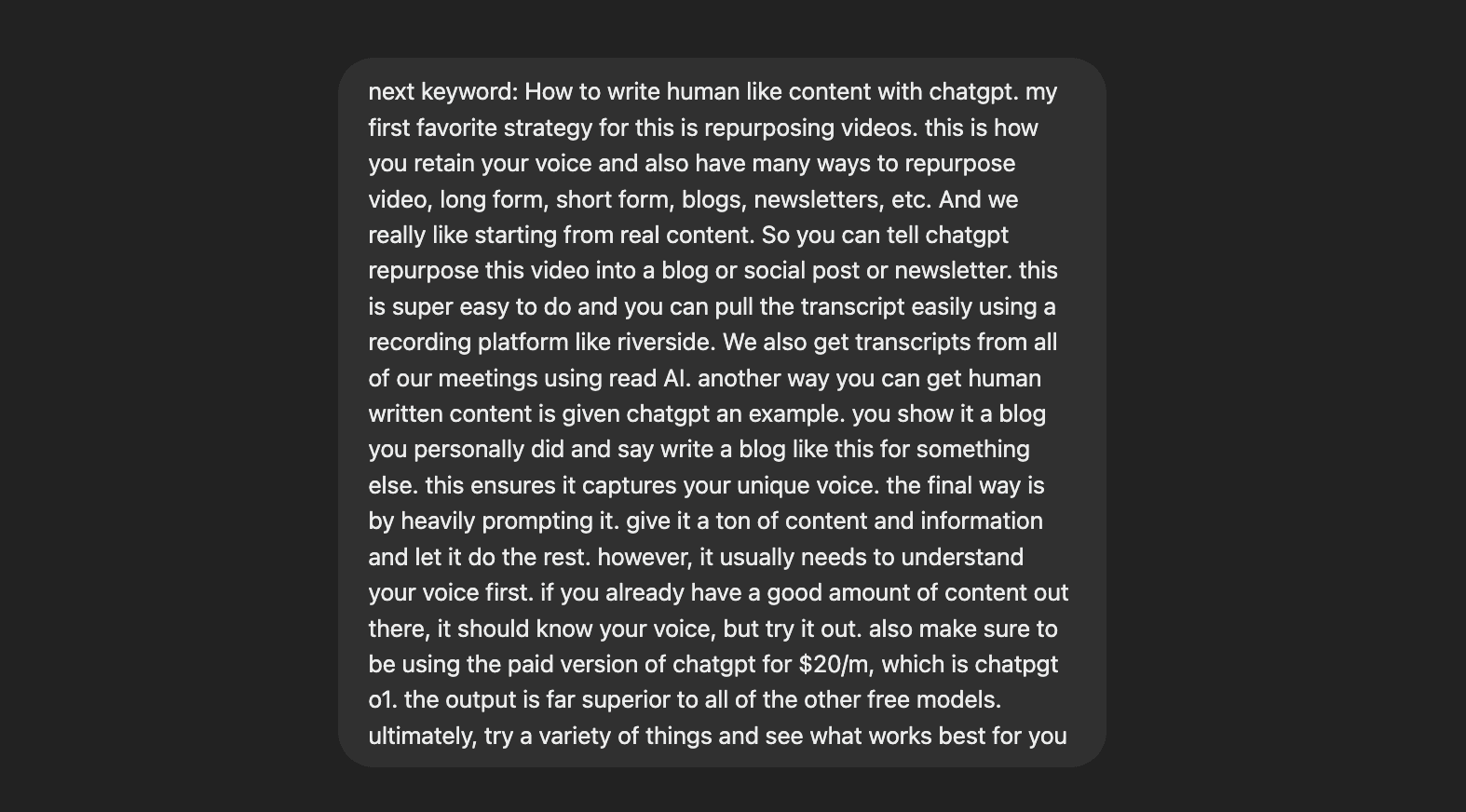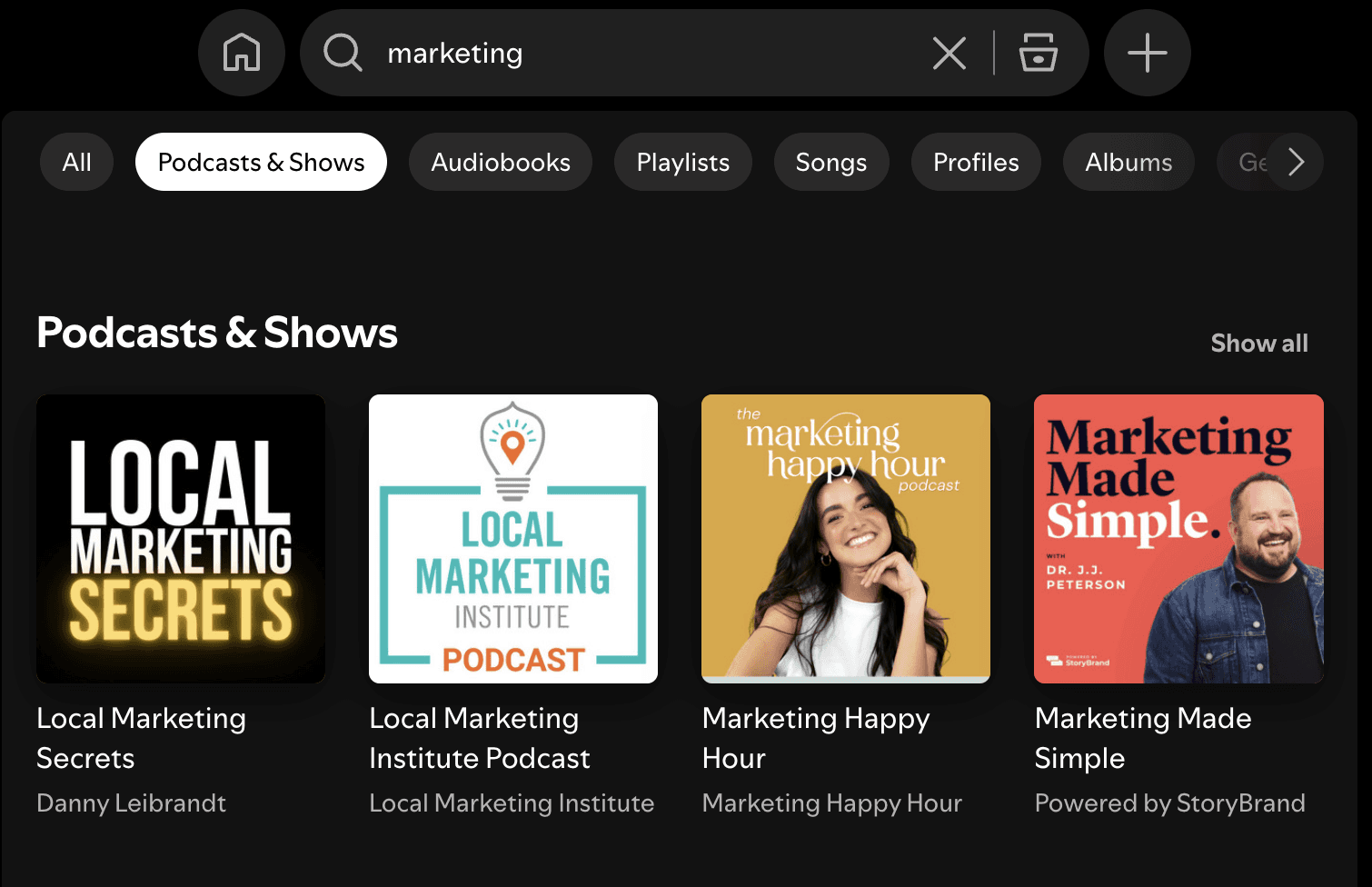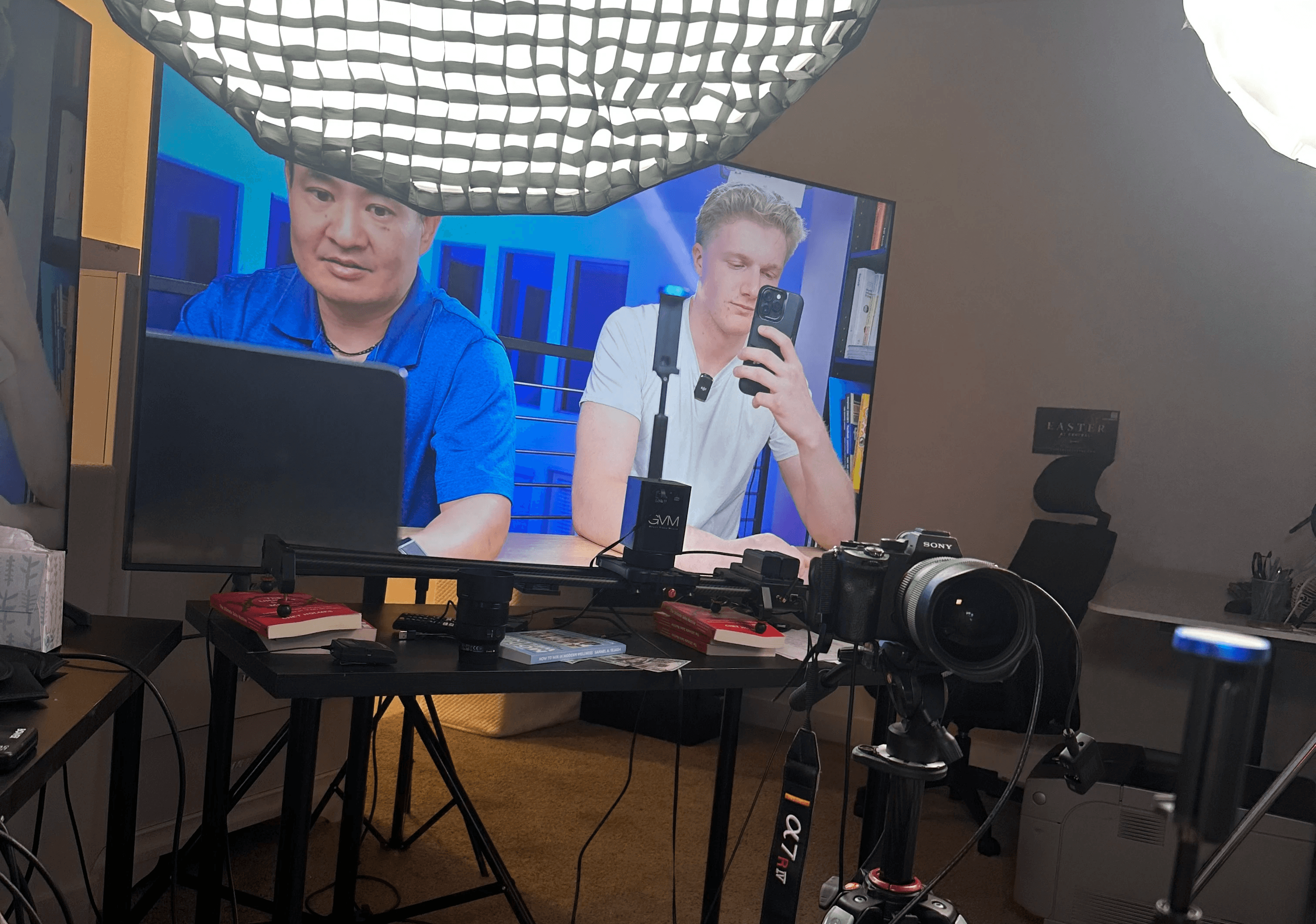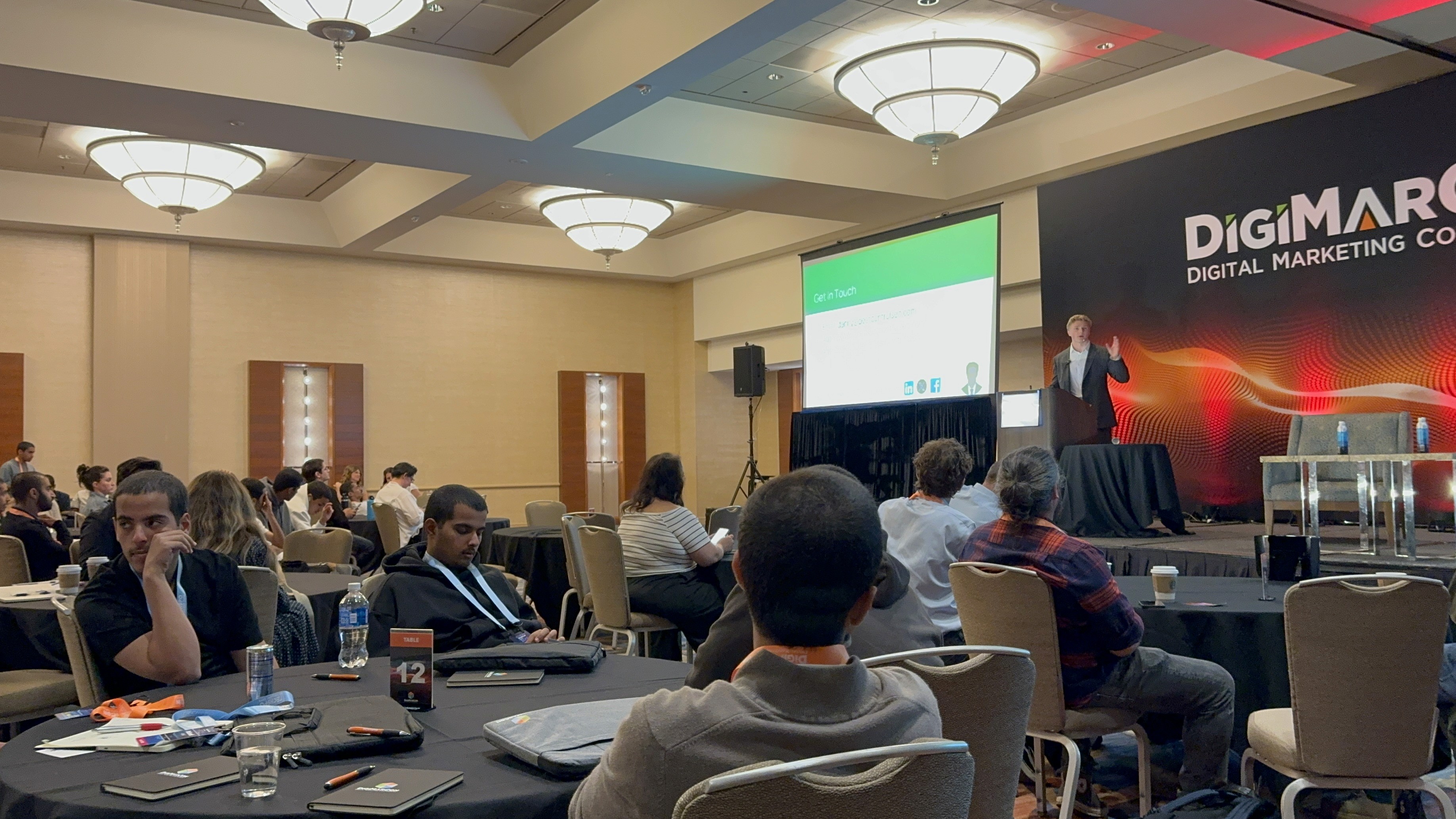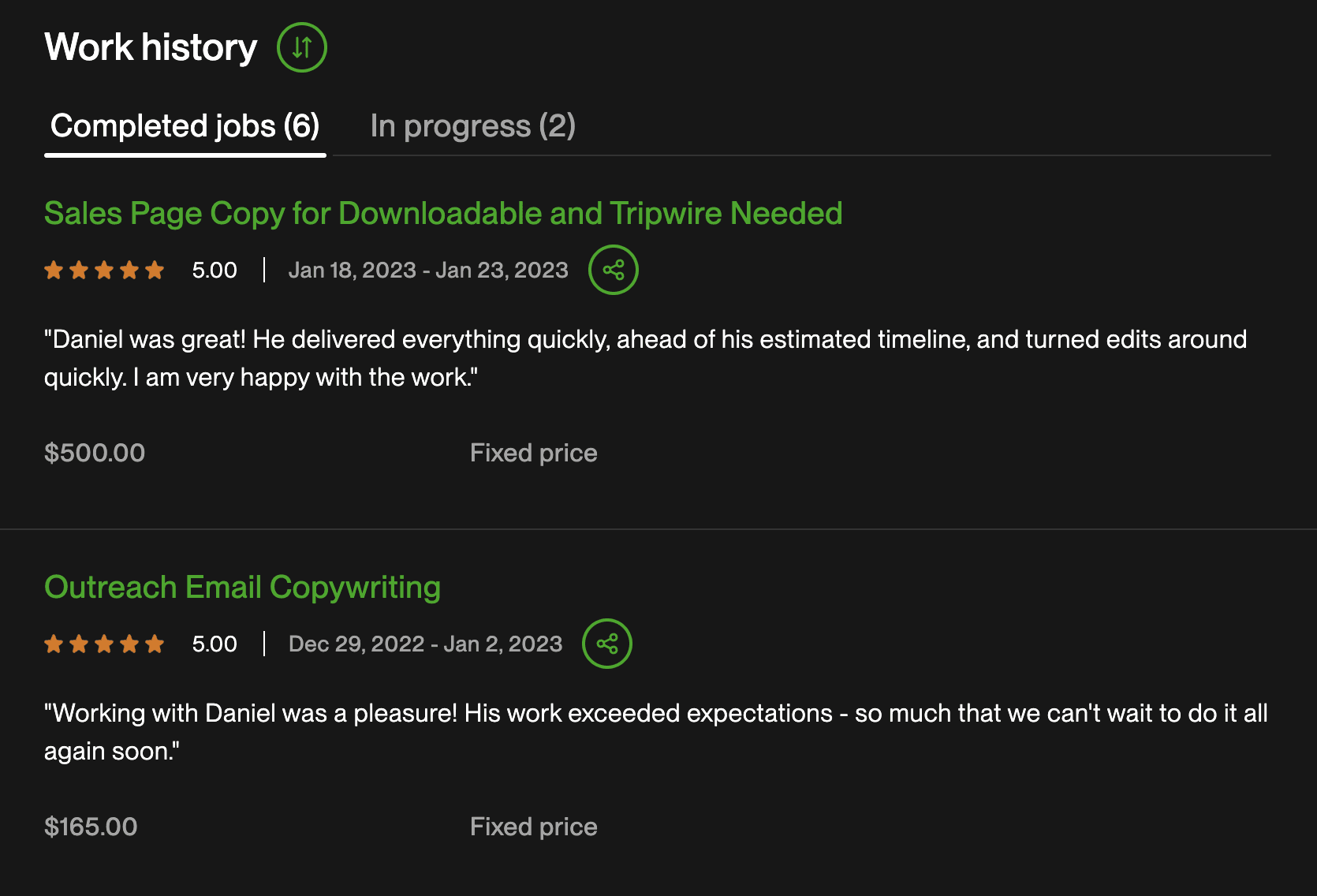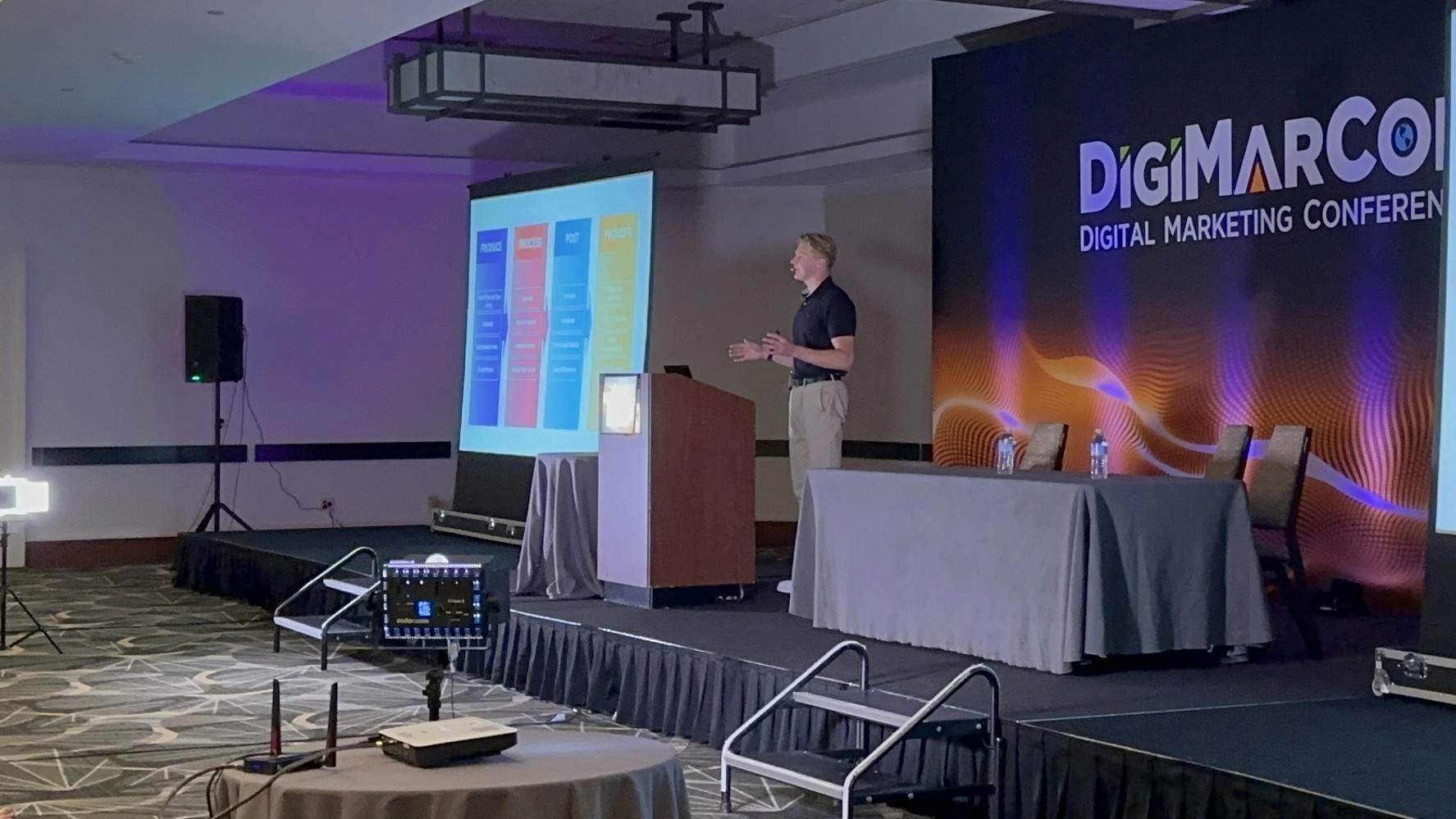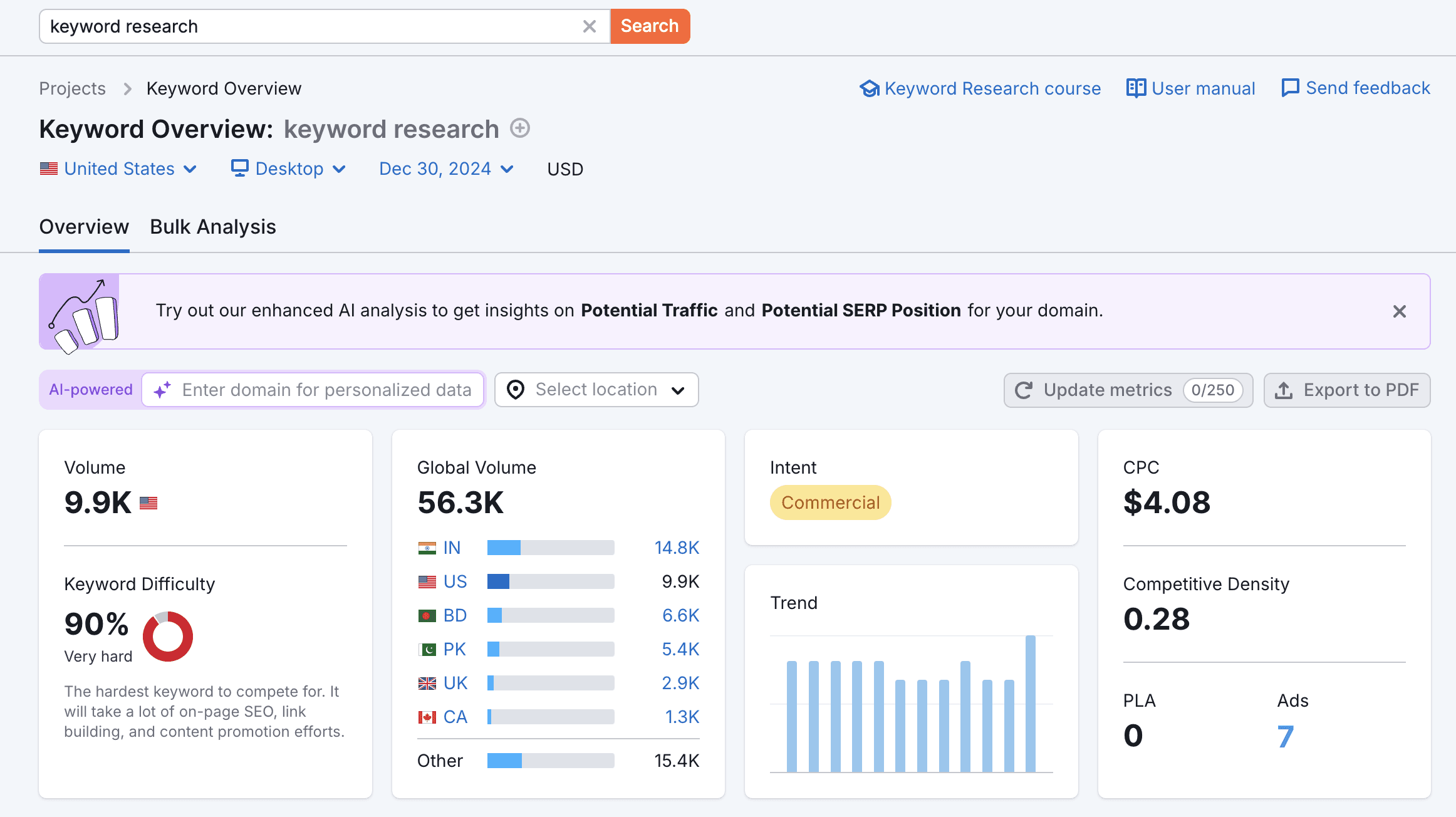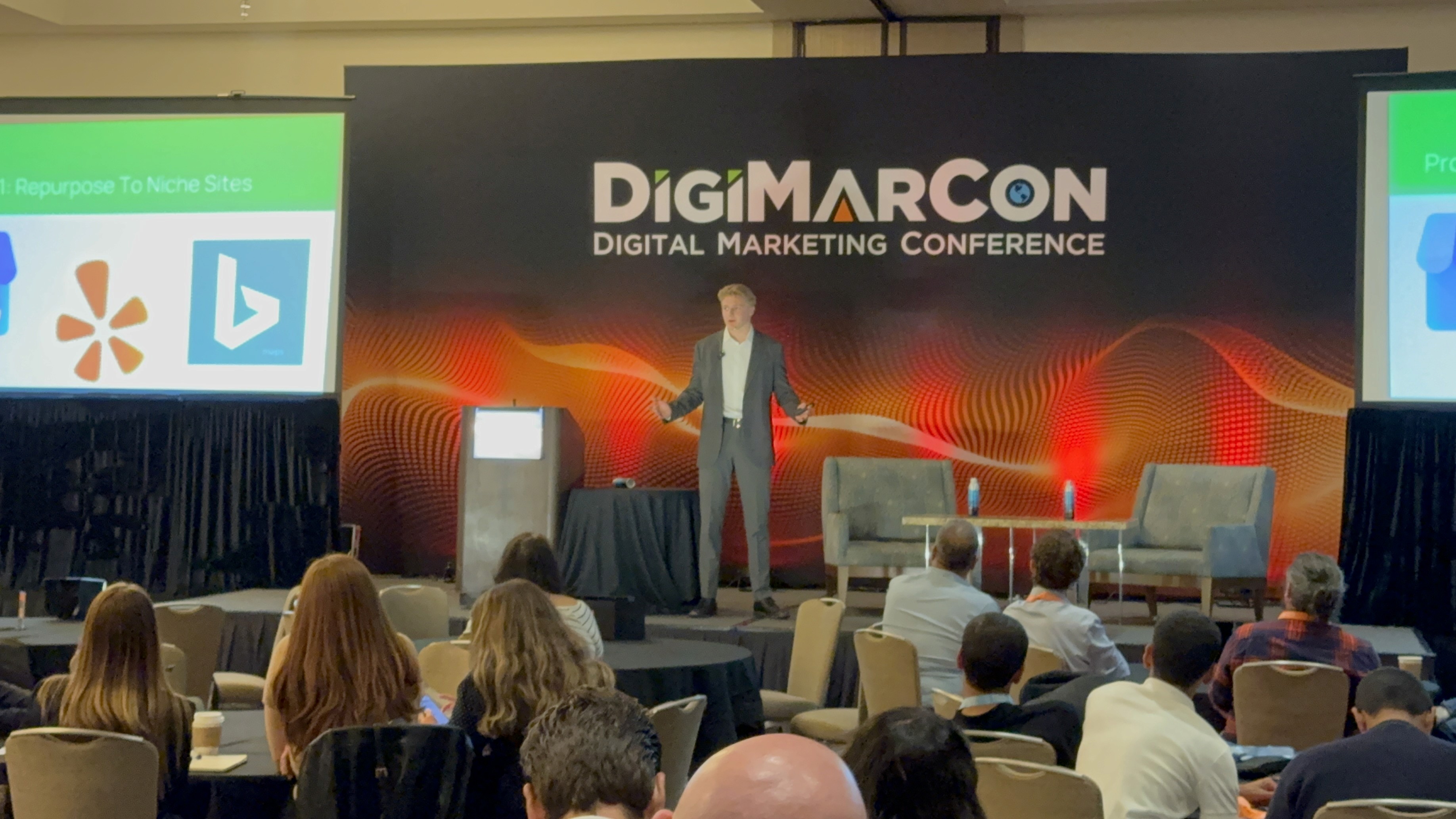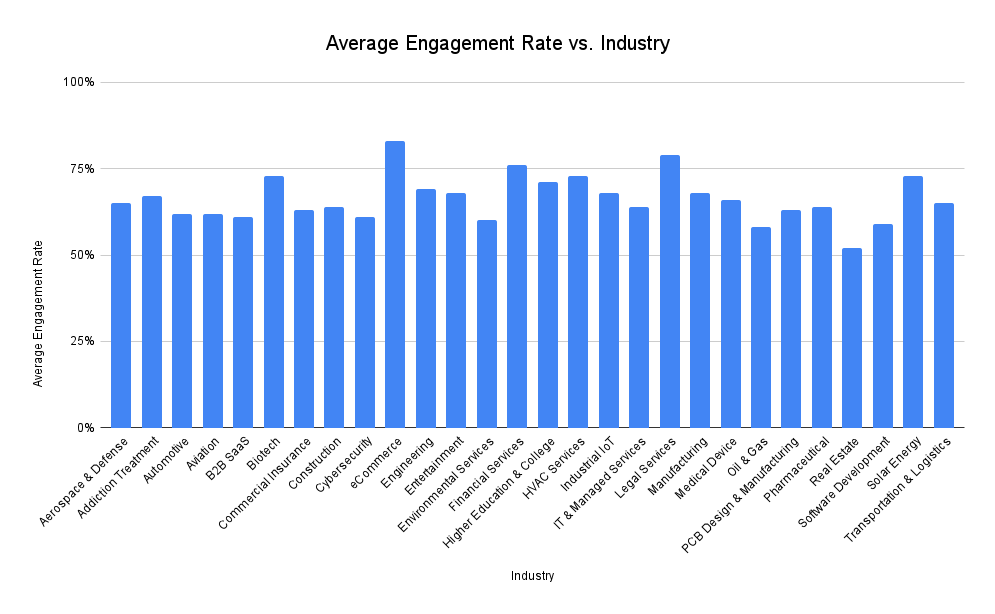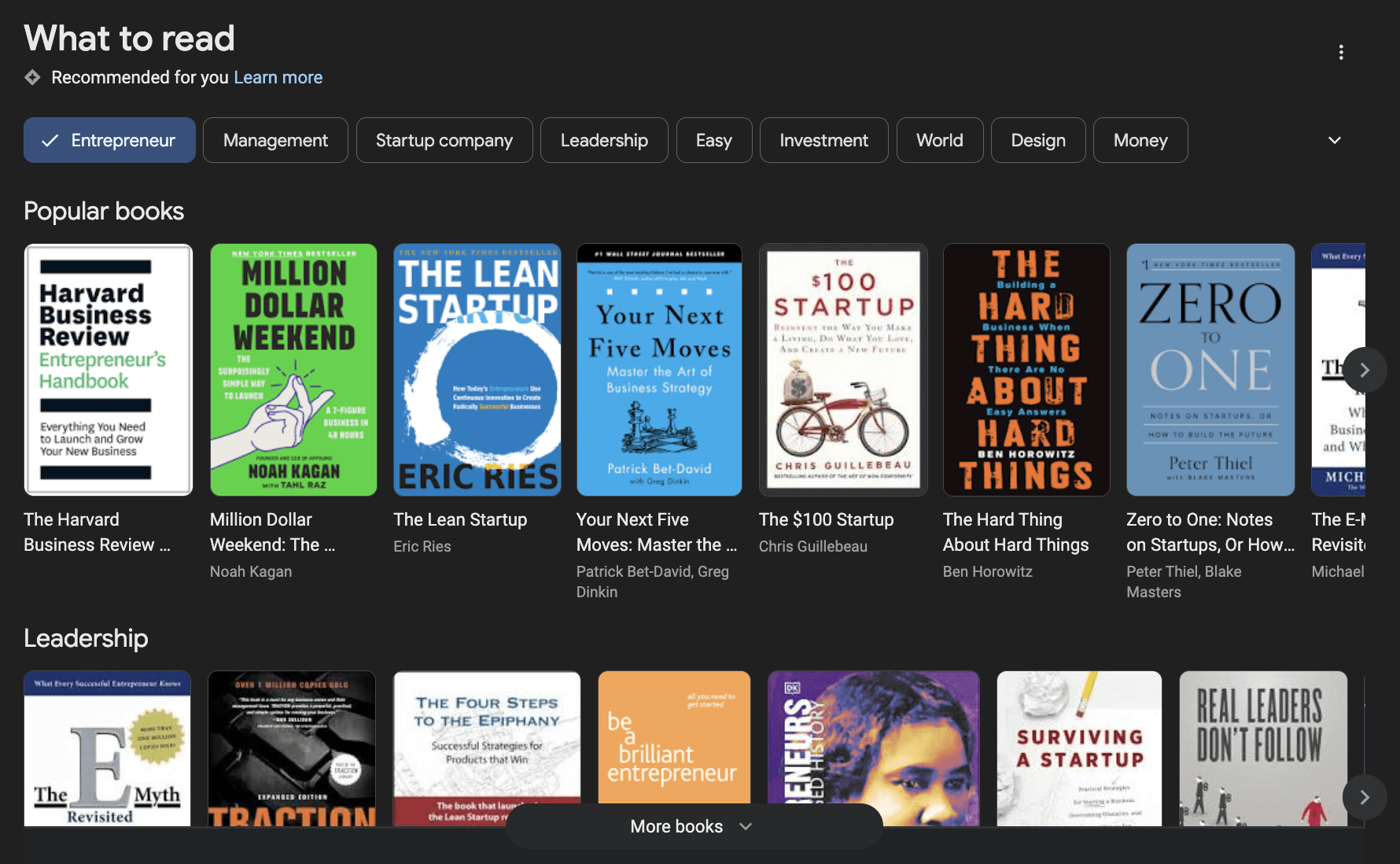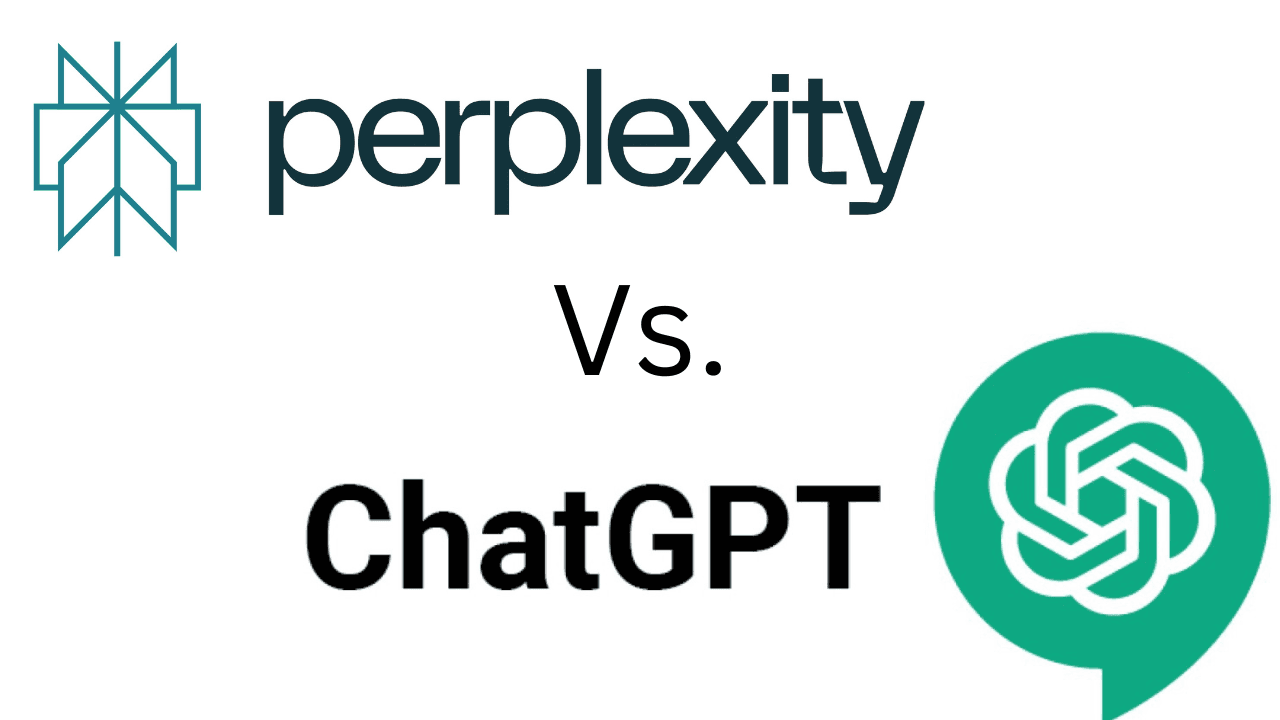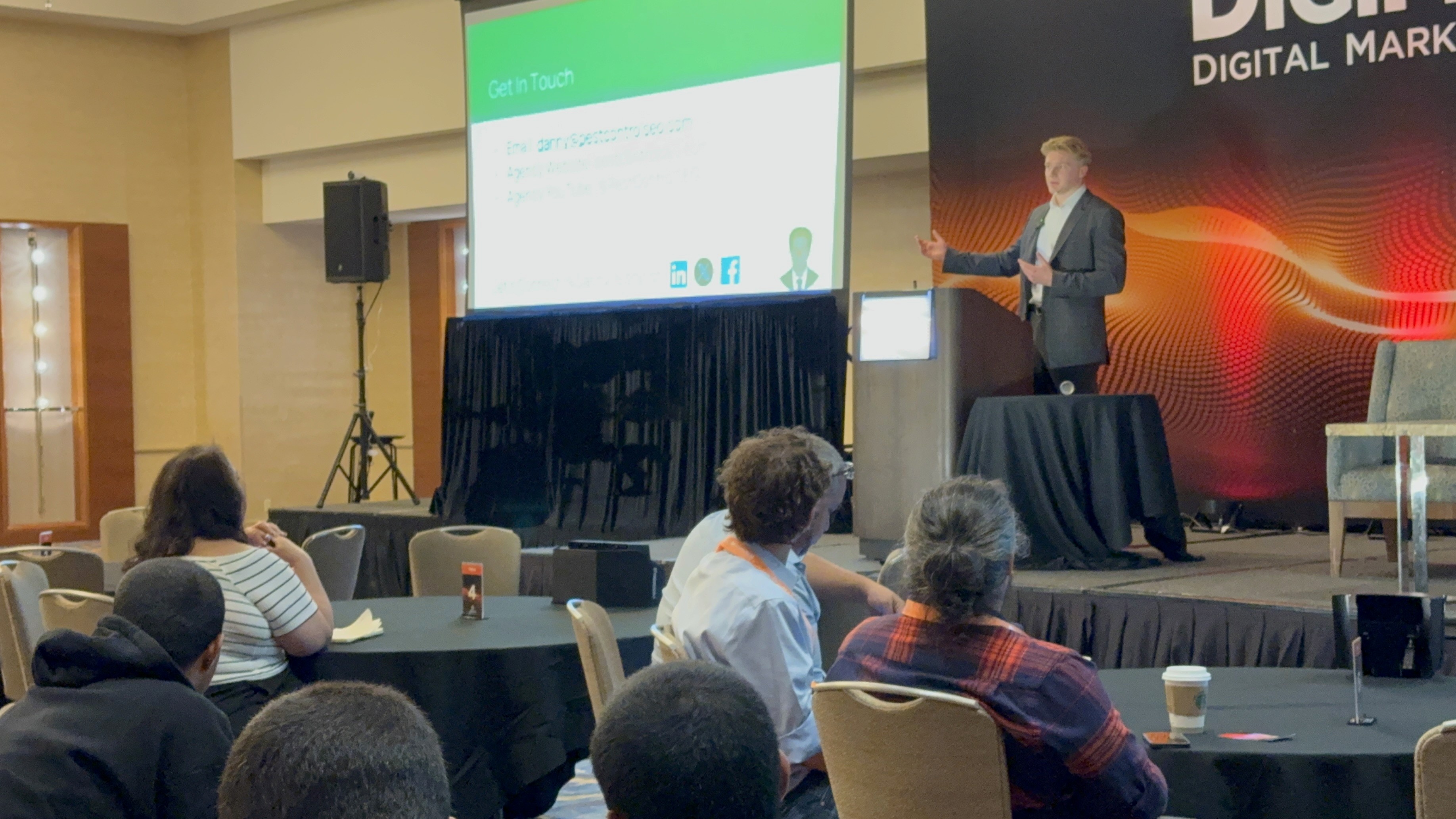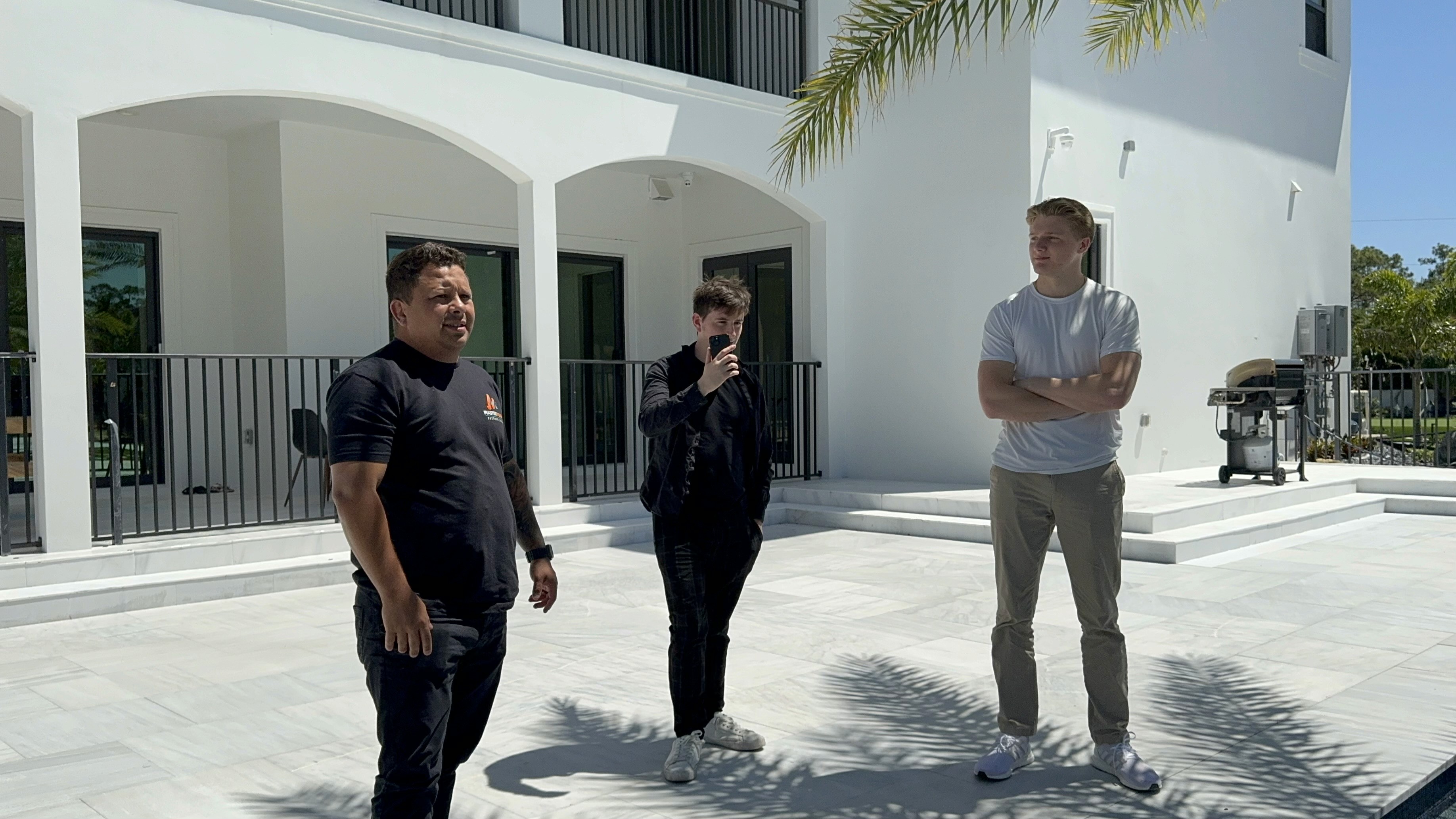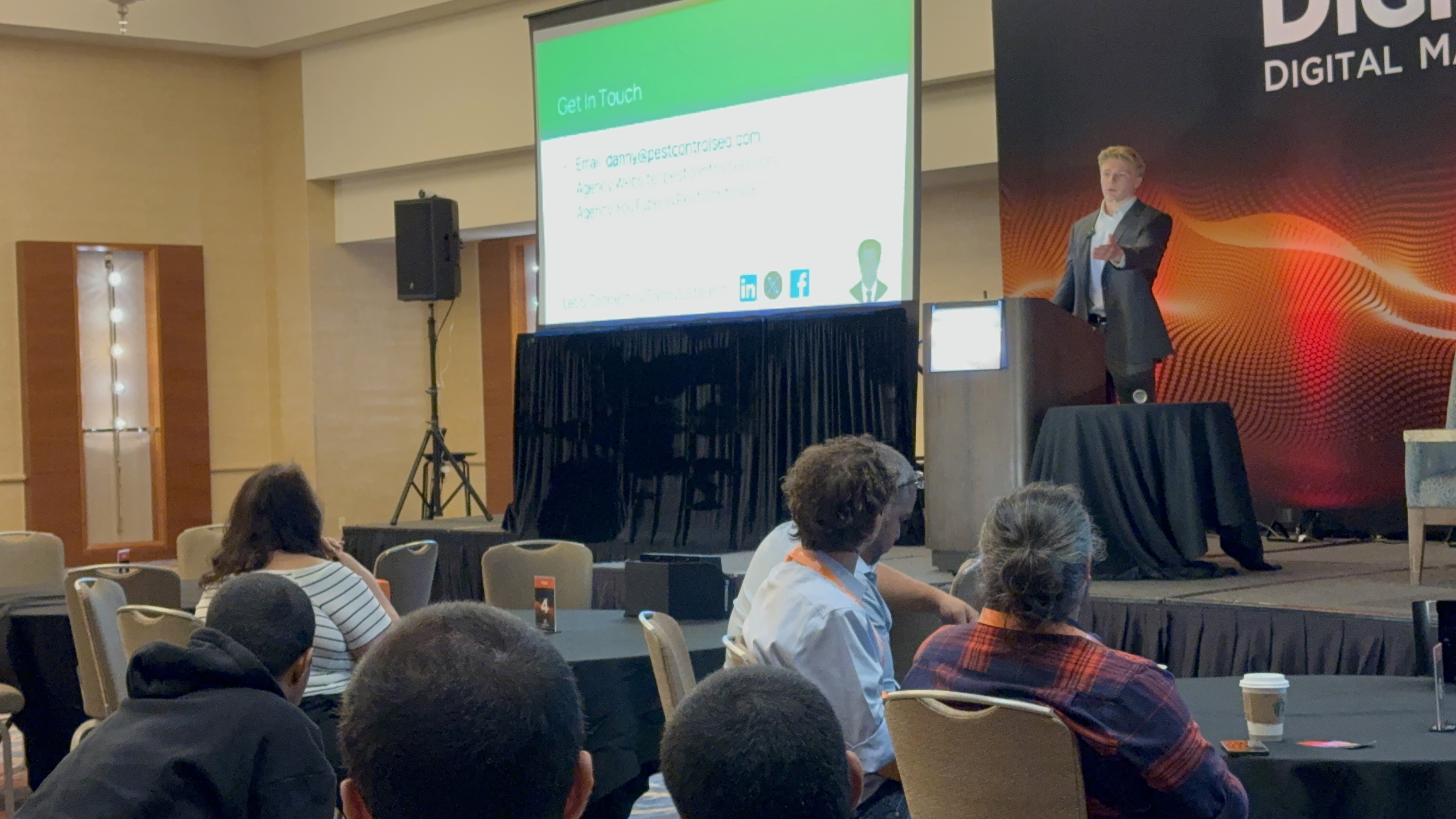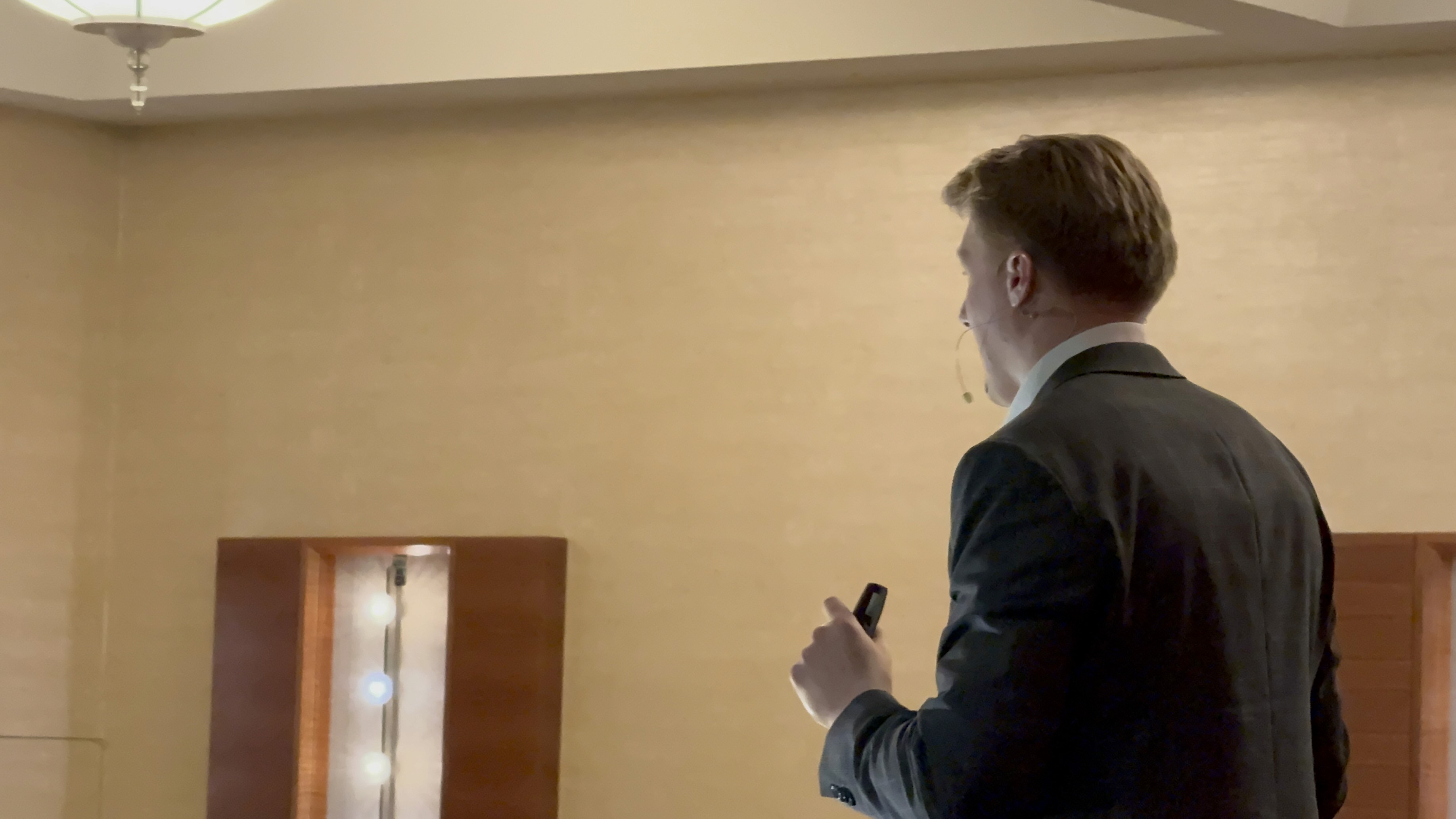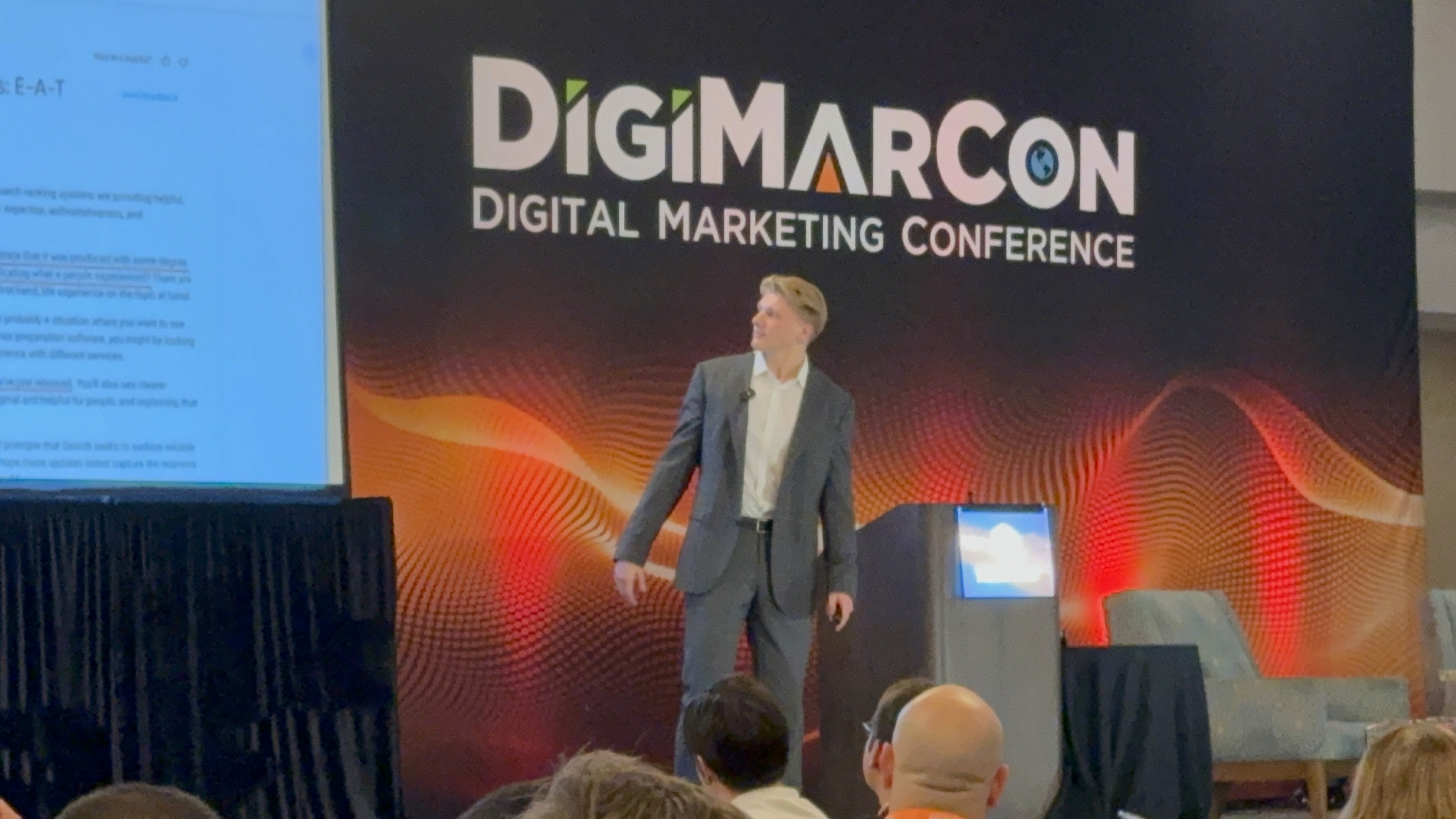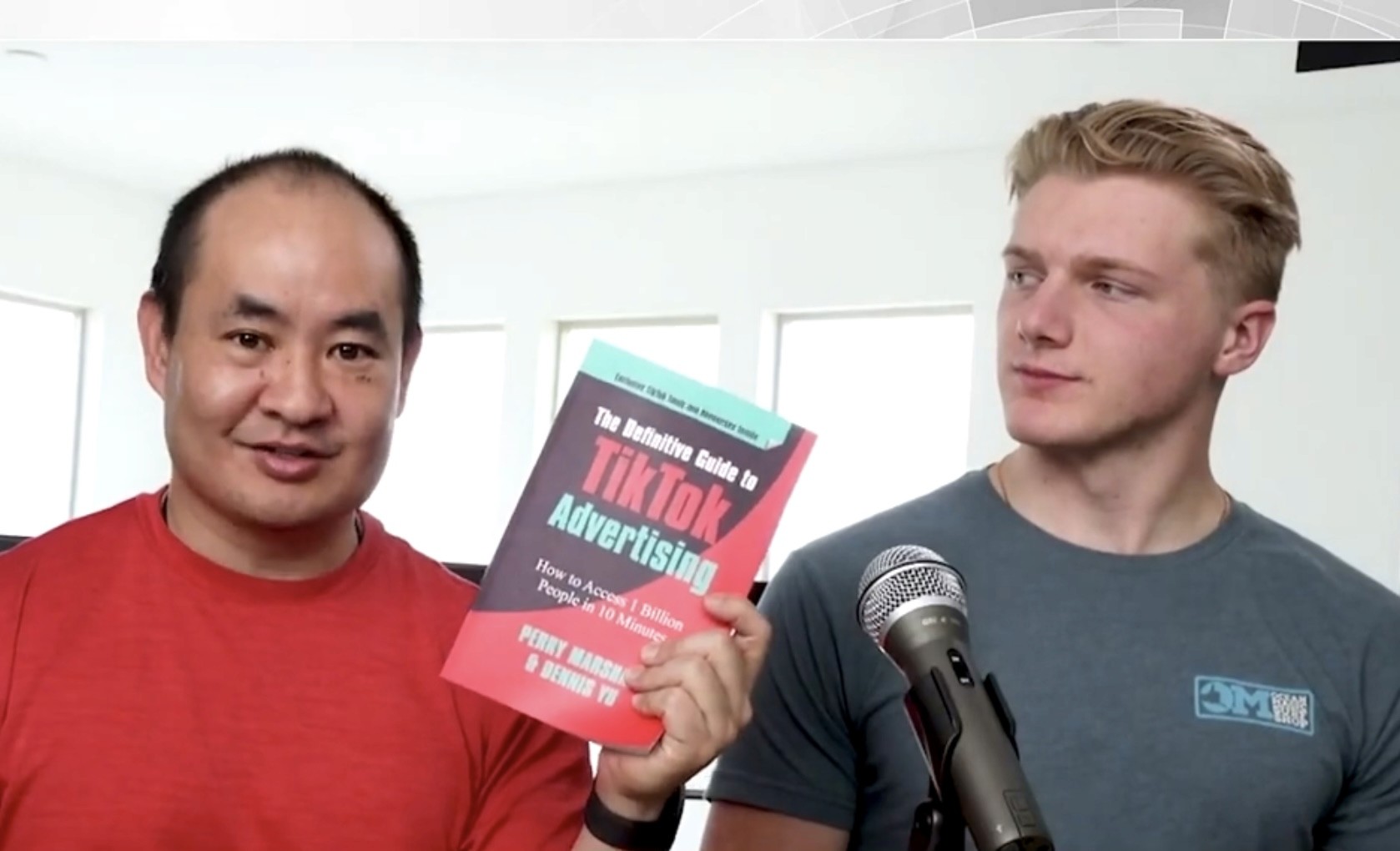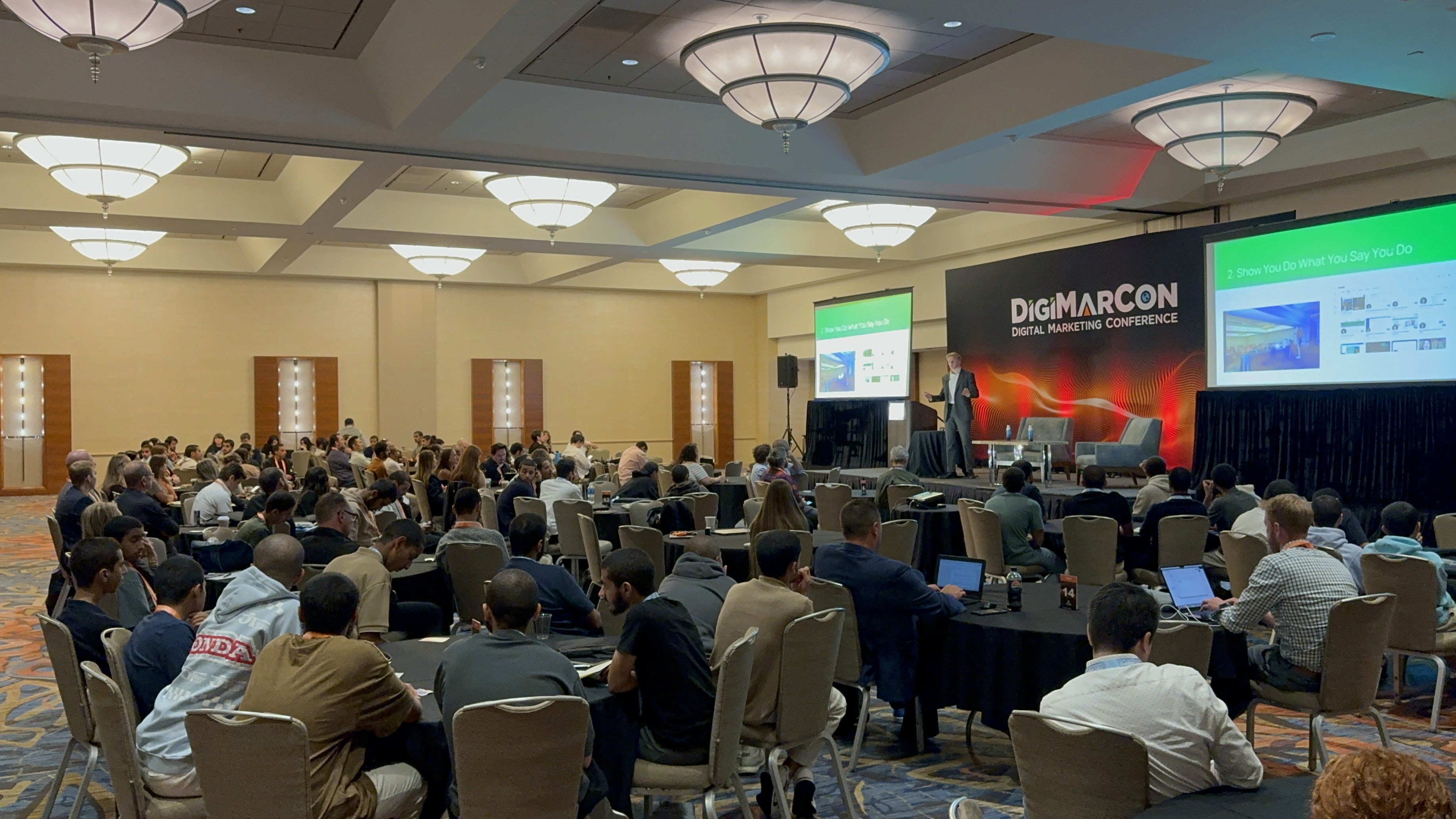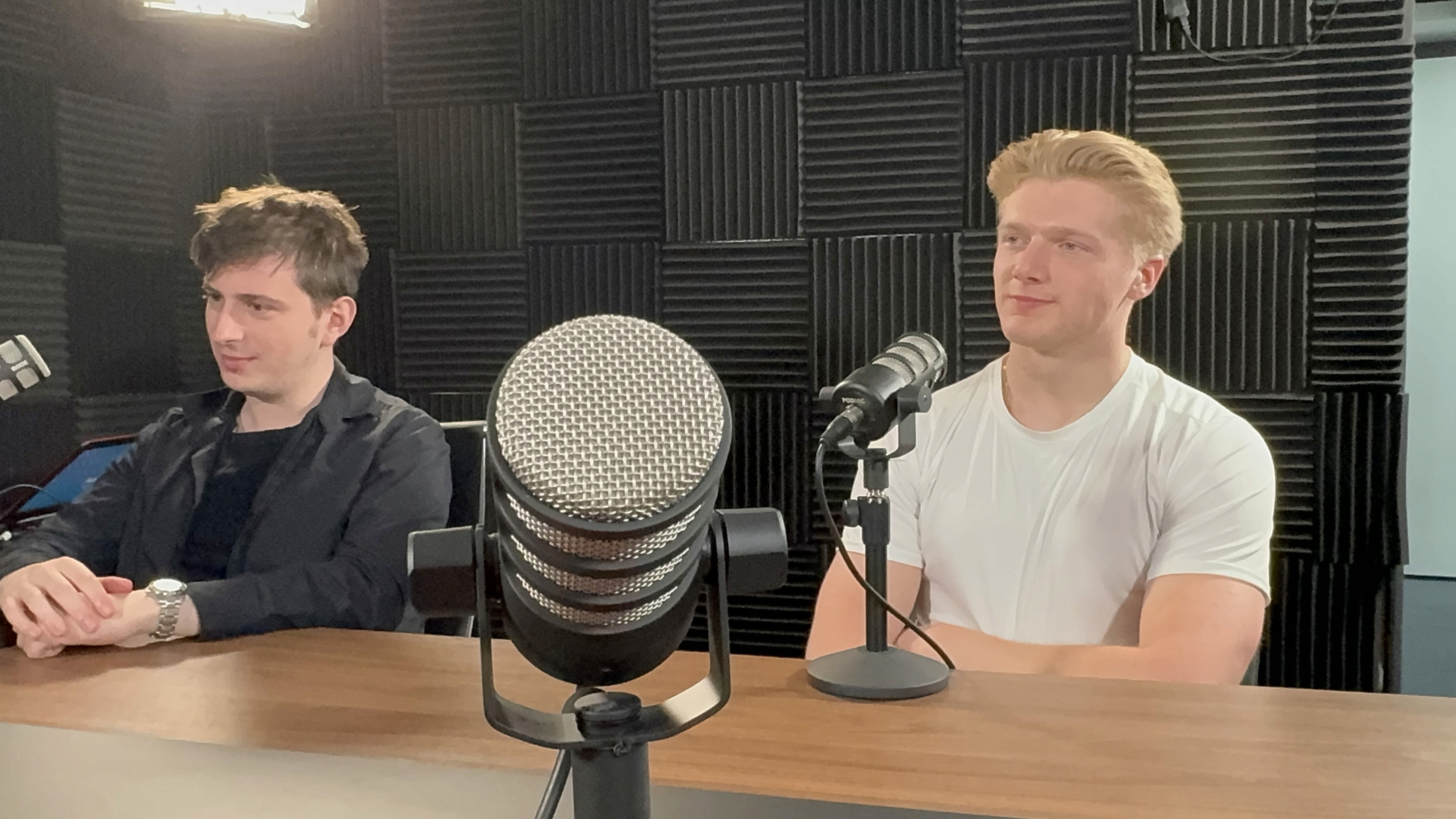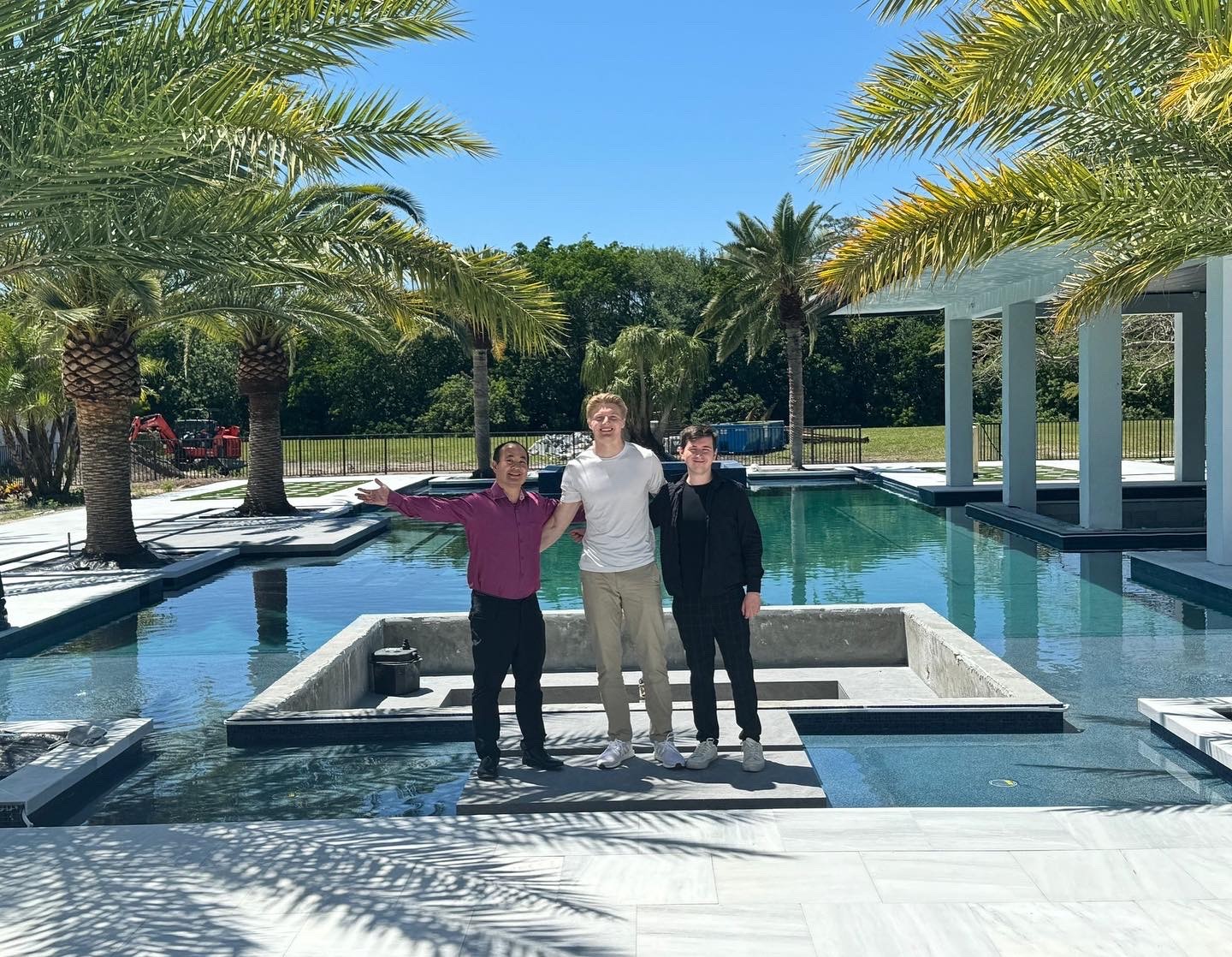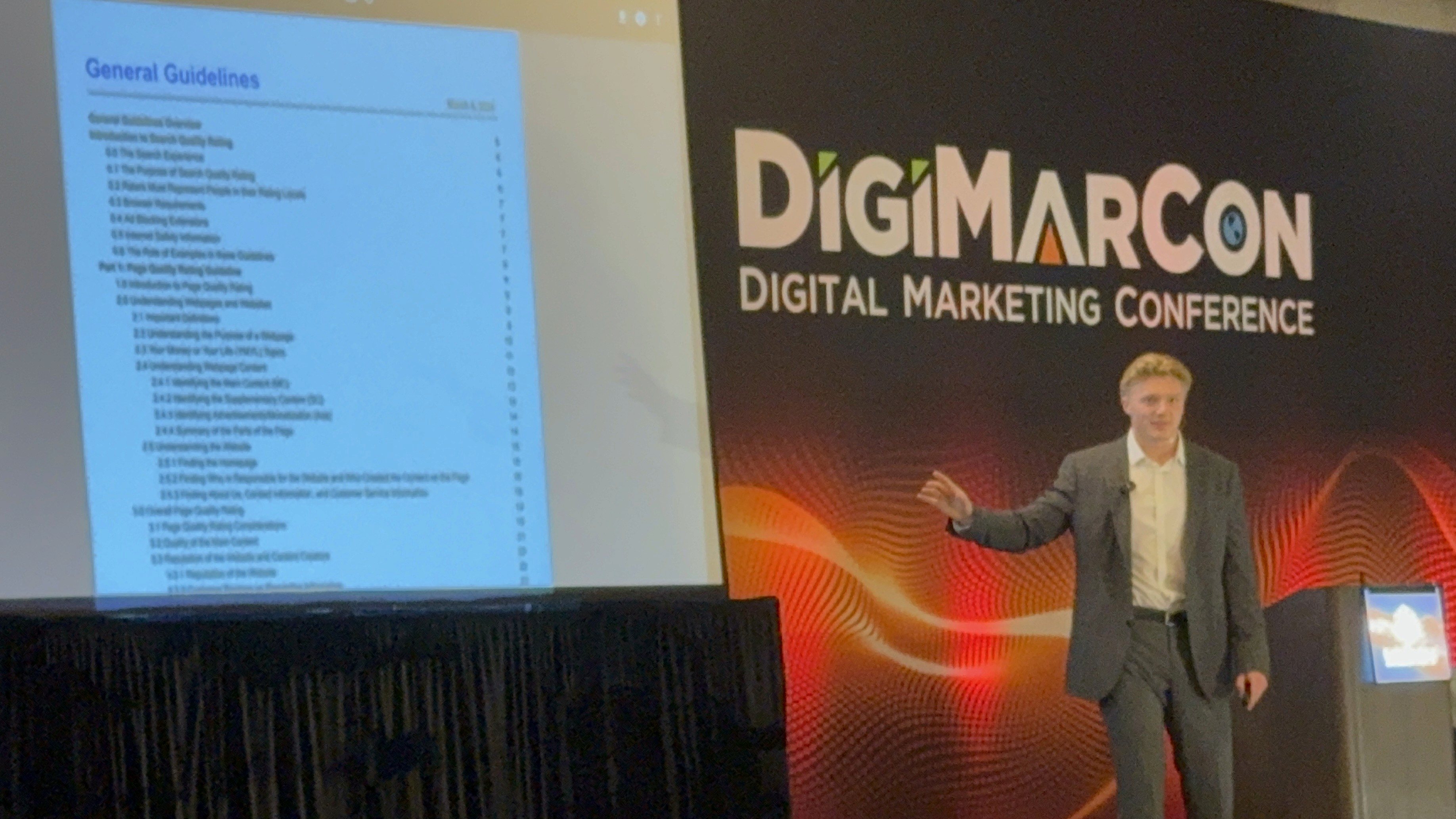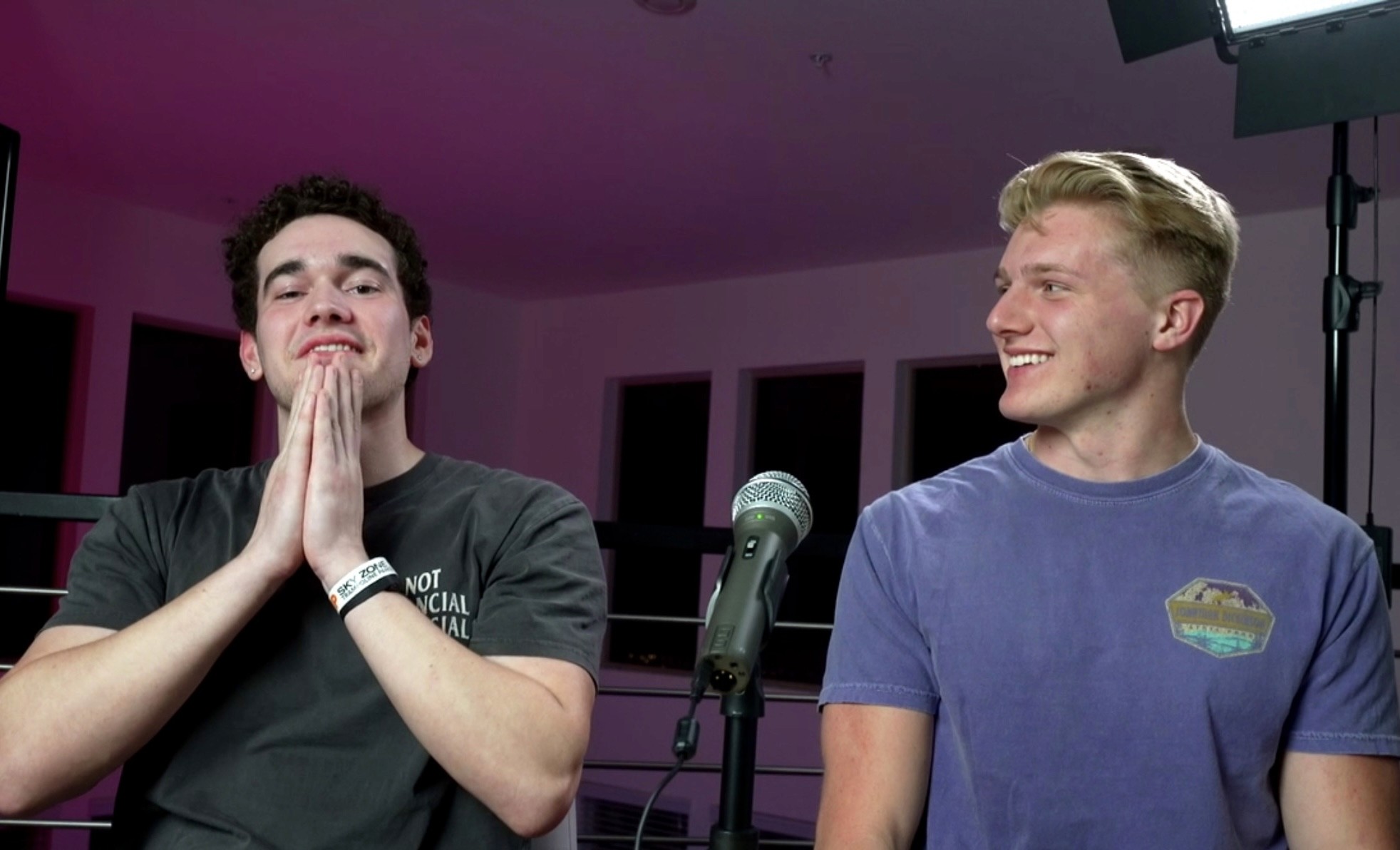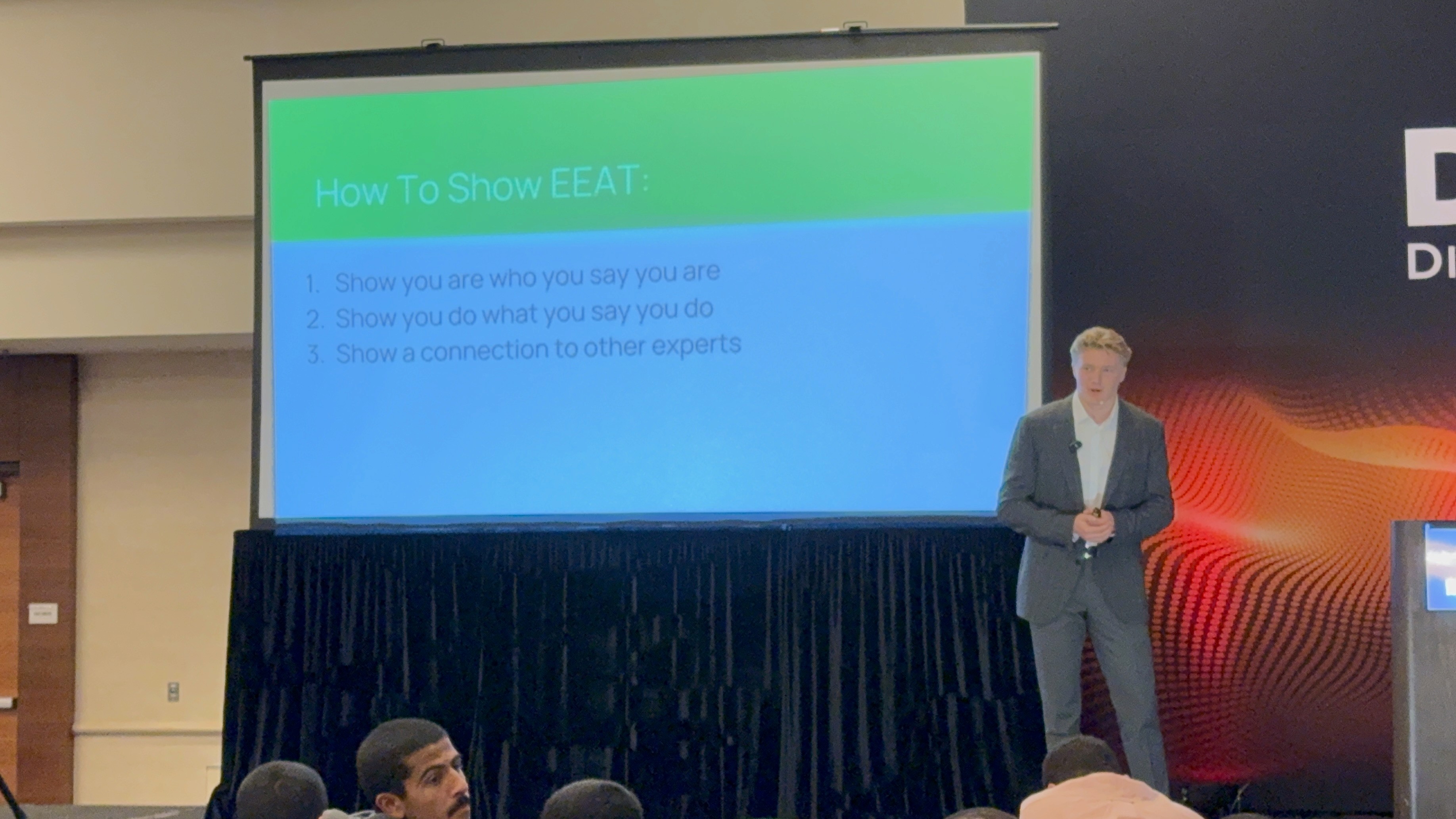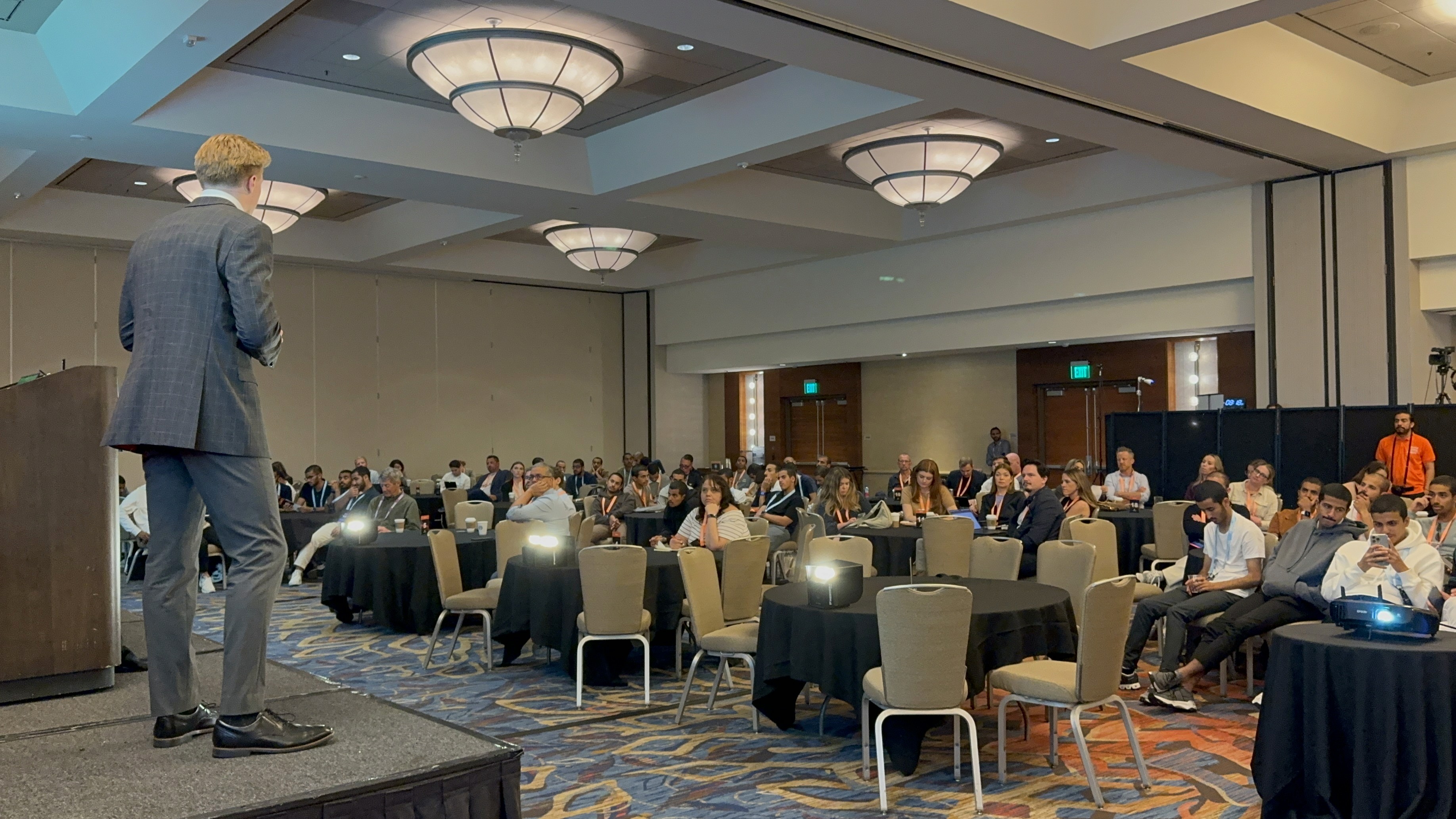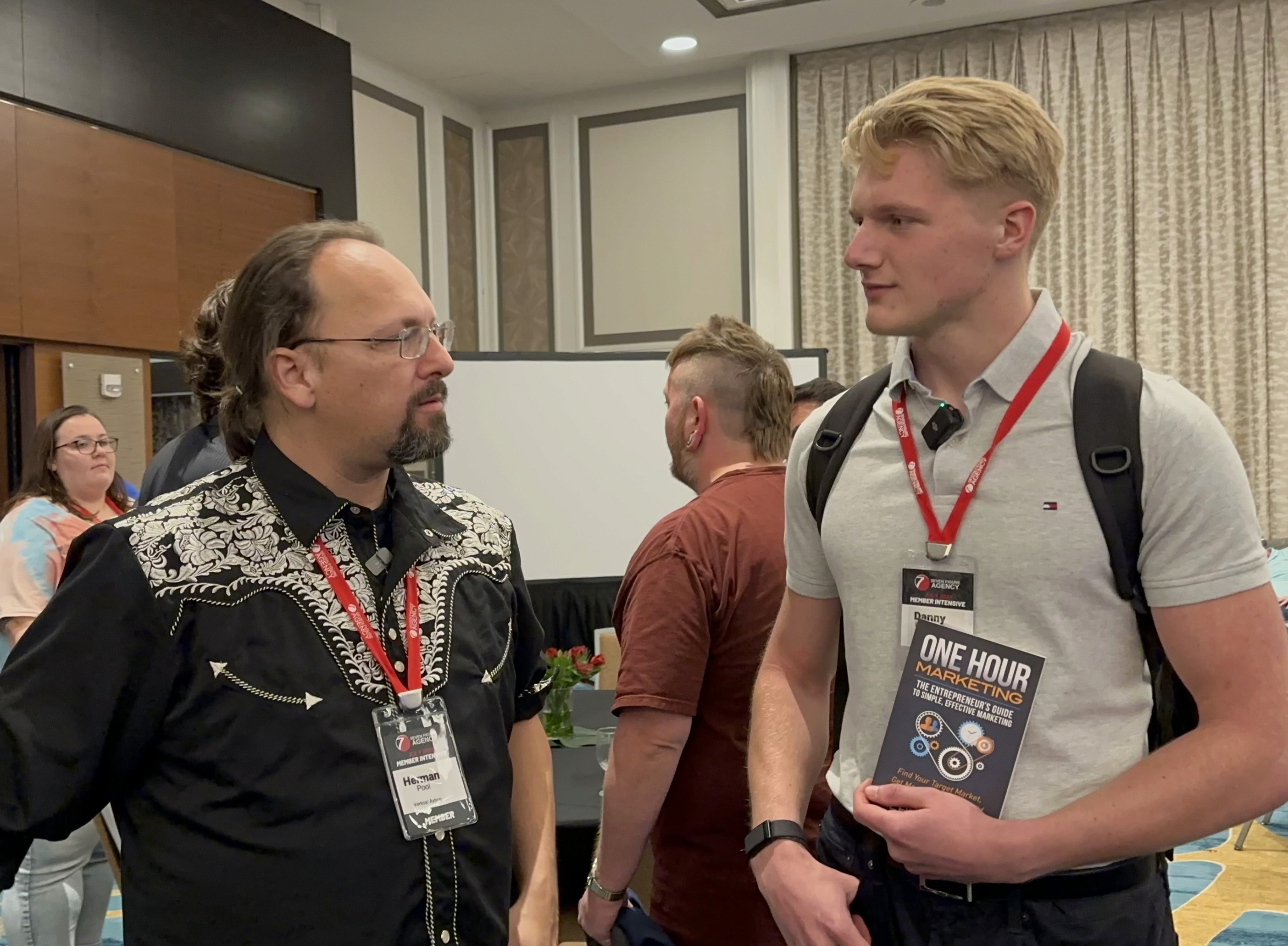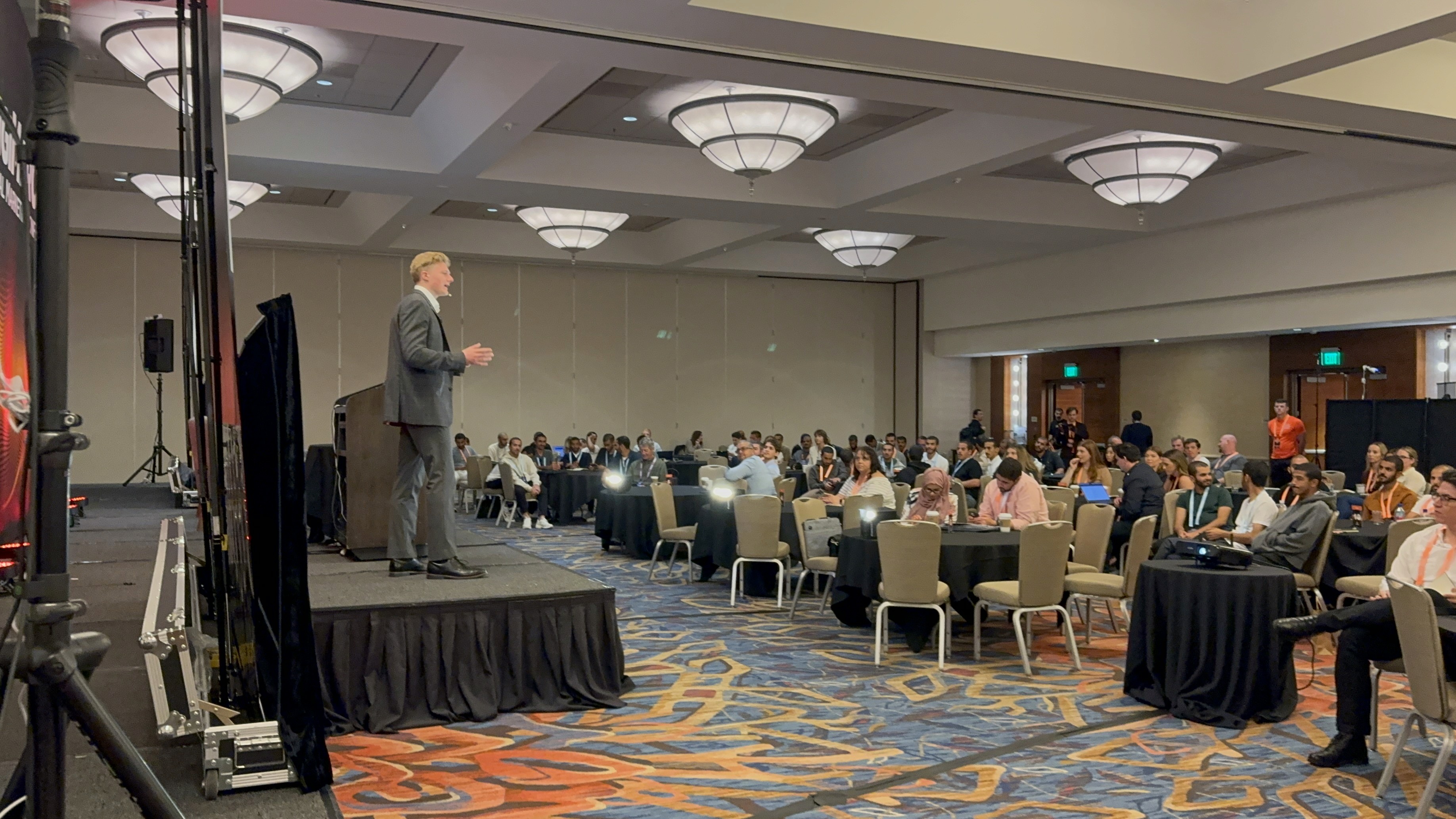Local Marketing Secrets
The Key To Successful Google Ads Campaigns: Raphael Sterk
Apr 19, 2024
When it comes to growing a pest control business with Google Ads, there’s no shortage of challenges and opportunities. Recently, I had an in-depth conversation with Raphael Sturk, the co-founder of Pest Ads Agency, who has been running successful campaigns for pest control companies across various markets. In this post, I’m sharing key takeaways and strategies from our discussion to help you optimize your Google Ads and boost your business.
/ / / / / / / /
Introducing Raphael Sturk and Pest Ads Agency
Raphael is a seasoned Google Ads expert with over five years of experience in the industry. He’s played a vital role in scaling big-name pest control companies—like Rentakill (also recognized as Rentinitial) and Eagle Eye—to impressive heights, contributing to over $60 million in sales revenue last year. Raphael’s passion for marketing even led him to write a published book, “Digital Marketing Careers 101,” which offers valuable insights for those looking to break into the digital marketing industry. His journey started as a contractor, solving account issues at large firms, and quickly evolved into founding an agency focused on elevating pest control businesses across the US, Europe, South America, and beyond.
The Common Pitfalls in Google Ads for Pest Control
Raphael and I dug deep into what many pest control companies are missing when it comes to leveraging Google Ads effectively. Here are some recurring mistakes we observed:
1. Ineffective Website and Landing Page Setup
Generic Contact Forms: Many companies only have one generic contact form. Instead, you should have dedicated forms on each service page. This lets you track which service—like termite control or rodent management—is driving conversions.
Lack of Service-Specific Content: A well-optimized landing page for each service not only informs potential customers but also boosts your ad performance by aligning with the user’s search intent.
2. Faulty Account Structure and Keyword Targeting
Overly Broad Campaigns: Running a single campaign for every service can dilute your budget and make optimization challenging. A structured account with separate campaigns for brand, generic searches, and service-specific terms is crucial.
Neglecting Negative Keywords and Bid Adjustments: It’s common to see budgets drained by irrelevant search terms. Using negative keywords and adjusting bids for non-performing locations or devices (like mobile versus desktop) can greatly improve your CPA (cost per acquisition).
3. Failure to Optimize on a Weekly Basis
No Regular Audits: The first few weeks of a campaign are critical. Raphael stressed the importance of weekly optimizations—tracking search terms, shifting budget between campaigns, and testing various ad copies—to avoid wasting money and to discover where the best leads are coming from.
Strategies That Deliver Real Results
Drawing on years of experience, Raphael shared some actionable tactics that you can implement right away:
Customized Landing Pages for High Intent Searches
For each service (rat, termite, rodent control), create a dedicated landing page. Not only does this refine your tracking, but it also ensures that visitors receive specific, relevant information to encourage a conversion.
A Proven Account Structure
Brand Campaigns: Protect your brand by running campaigns targeted at your company’s name. This way, you avoid competitors bidding against you.
Service-Specific Campaigns: Split your campaigns based on service type to better control bids, budgets, and keyword performance.
Performance Max (Pmax) Campaigns: Despite some controversy, Pmax campaigns have proven effective in the pest control industry. They help capture a wide audience and, when optimized correctly (like excluding poor-performing locations), can lower your CPA and drive quality leads.
Smart Budget Allocation and Testing
Initial Testing Phase: In the first month, allocate a budget that you’re comfortable investing in testing. Expect that initial results might not be perfect—this phase is about learning and refining your approach.
Flexible Budget Adjustments: Monitor which campaigns deliver the best cost per lead and reallocate funds accordingly. Remember, if a campaign is showing promise (even with a slightly higher CPA), consider increasing its budget for a larger scale.
Tracking and Measurement
Implement Google Tag Manager (GTM): Use GTM to track form submissions and URL changes on thank-you pages. This simple setup is essential for measuring conversions and tweaking your campaigns.
Focus on Conversions and CPA: While quality score and CTR (click-through rate) are important, the main focus should always be on the bottom line—how much it costs to generate a quality lead.
The Bigger Picture: A Holistic Approach to Digital Marketing
Raphael emphasized that while Google Ads can drive immediate results, relying solely on one channel isn’t ideal. A balanced marketing mix—including SEO, local service ads, and even some social media advertising—ensures your business isn’t putting all its eggs in one basket. For instance:
Local Service Ads (LSAs): These are great for increasing local visibility and are recommended in key markets.
SEO and Content Marketing: Organic search builds sustainable leads over the long term, so it should run concurrently with your paid efforts.
By integrating multiple channels, you create a safety net. When one channel underperforms, another can carry the weight, ensuring steady lead flow and business growth.
Lessons Learned and the Importance of Agility
One of the most valuable insights Raphael shared was the need to be agile. It’s easy to get locked into a fixed strategy, but digital marketing—especially Google Ads—is ever-changing. Experiment, monitor the results, and be willing to pivot if a campaign is underperforming. Your testing phase is not a set-it-and-forget-it moment; it’s an ongoing process that can reveal new opportunities and unexpected challenges.
The Aha Moment
Raphael recalled his early days managing huge budgets, where one major insight transformed his approach: rather than sticking rigidly to predetermined budgets and campaign structures, he began dynamically reallocating budget based on real-time performance. The willingness to pull funds from underperforming campaigns and boost promising ones was a game changer—not only reducing wasted spend but also increasing quality leads significantly.
Final Thoughts
Whether you’re just starting out or looking to refine your existing strategy, the key takeaway is that success with Google Ads isn’t about following a one-size-fits-all formula. It’s about understanding the nuances of your industry, continually testing different tactics, and being ready to adapt. By optimizing your landing pages, structuring campaigns intelligently, and keeping a vigilant eye on performance metrics, your pest control business can achieve sustainable growth—even in a competitive market.
P.S. Check out the full episode here:
Latest
More Blogs By Danny Leibrandt
Get the latest insights on business, digital marketing, and entrepreneurship from Danny Leibrandt.





















